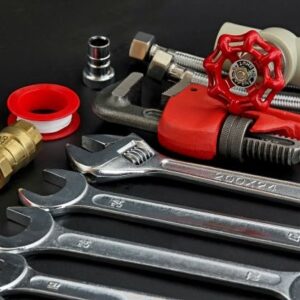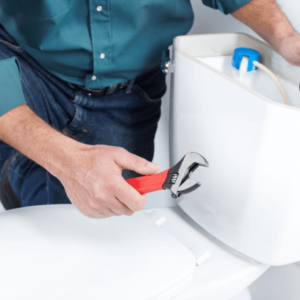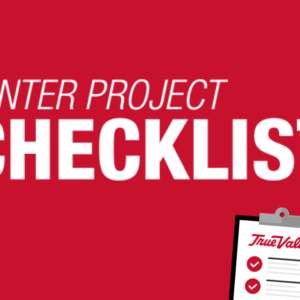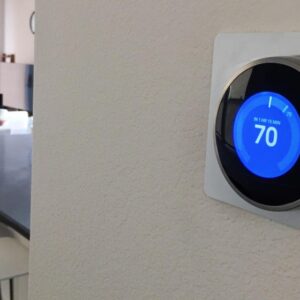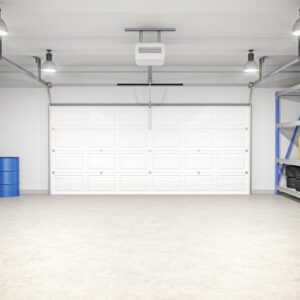Planter boxes for flowers and other plants are great ways to accent your patio, porch, deck, yard and other outdoor spaces. They complement existing landscape features to help make everything in your yard work together as an attractive and relaxing place.
Before You Begin
There are as many shapes and sizes of planters as there are plants. They can be large enough for small trees and small enough for a windowsill herb or flower garden. Use window planters, trellises and rectangular planter boxes to add beautiful accents to your outdoor décor.
Put some thought into where you’d like to put your planter and how it will work with your existing design; then decide what kind of plants you want.
Now, roll up your sleeves and let’s get started.
Build a Rectangular Planter Box
This kind of planter is practical for most types of plantings. Because it will be outdoors you must use wood and materials that can withstand the elements. Cedar, redwood and treated lumber are good choices because they are naturally weather resistant. As long as the wood is treated with some kind of waterproofing your planter should last for years.
Step 1: Start Cutting
Use a circular saw to cut 2x4s into eight 20″ L pieces, six 18″ L pieces and sixteen 17″ L pieces. Cut 2x2s into four 18″ L pieces. Next, use a miter saw to cut two 21-1/2″ L pieces and two 24-1/2″ L pieces with the ends cut at a 45-degree angle.


Safety Alert!
Always wear goggles or safety glasses when working with a saw.
Step 2: Assemble the Sides


Put two of the 18″ L 2x4s and four of the 17″ L 2x4s directly beside each other on the ground, making sure the top edges of the boards are flush with each other. The 18″ pieces should be on each side of the four 17″ pieces. Lay one of the 20″ L 2x2s on top of the 2x4s on its short side (perpendicular), centered, and make it flush with the top edge. Using a power screwdriver, drive wood screws through the 2×2 into all of the 2x4s.
Put another 2×2 on the bottom edge of the 2x4s and repeat the same process, so that there is a top and bottom 2×2 piece.
Repeat this process three more times, until you have four sides.

Step 3: Connect the Sides

Place the edge of one of the sides against the inside face of another side piece. Make the edges flush and use a square to fix the corner at 90 degrees. Drill four screws through the outside face into the edge of the other. Drive two more screws through the other side’s face into the 2x2s on the back of the first side.
Do this for the other two sides. Make sure that the 2x2s are on the inside. You should now have a rectangular box with four legs.
Step 4: Assemble the Bottom and Top


Place the 18″ 2×4 pieces into the box, resting them on the lower 2×2 piece. Screw these 2×4 pieces into the 2x2s on both ends.
Lay the remaining 2×4 pieces with mitered ends as a frame on top of the box. Drive two screws through each end of the 2x4s into the box frame to secure them to the top.
That’s it! You’re ready to plant.
Planter Box: Project Shopping List
Here’s what you’ll need to complete this project successfully.
- Cedar, redwood or treated 2×4 and 2×2 boards
- Circular saw
- Miter saw
- Safety goggles
- Power screwdriver
- Wood screws
- Square

